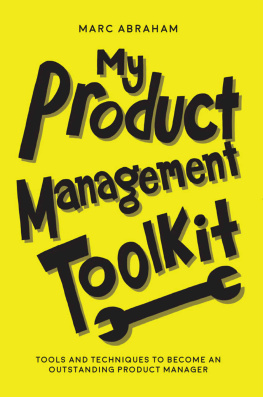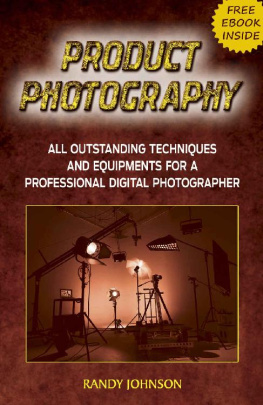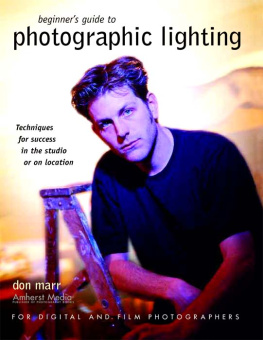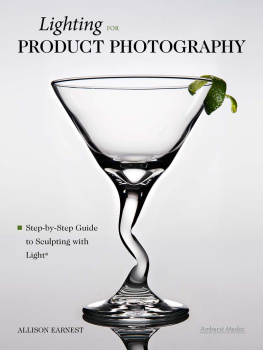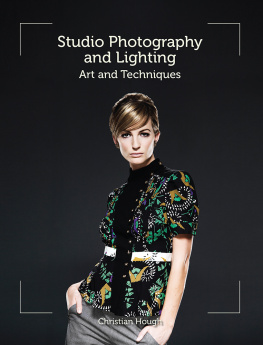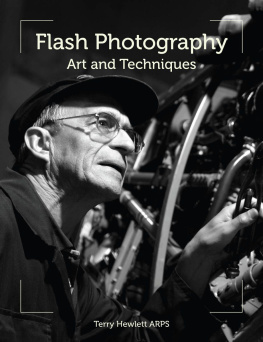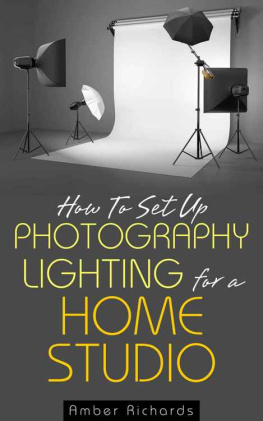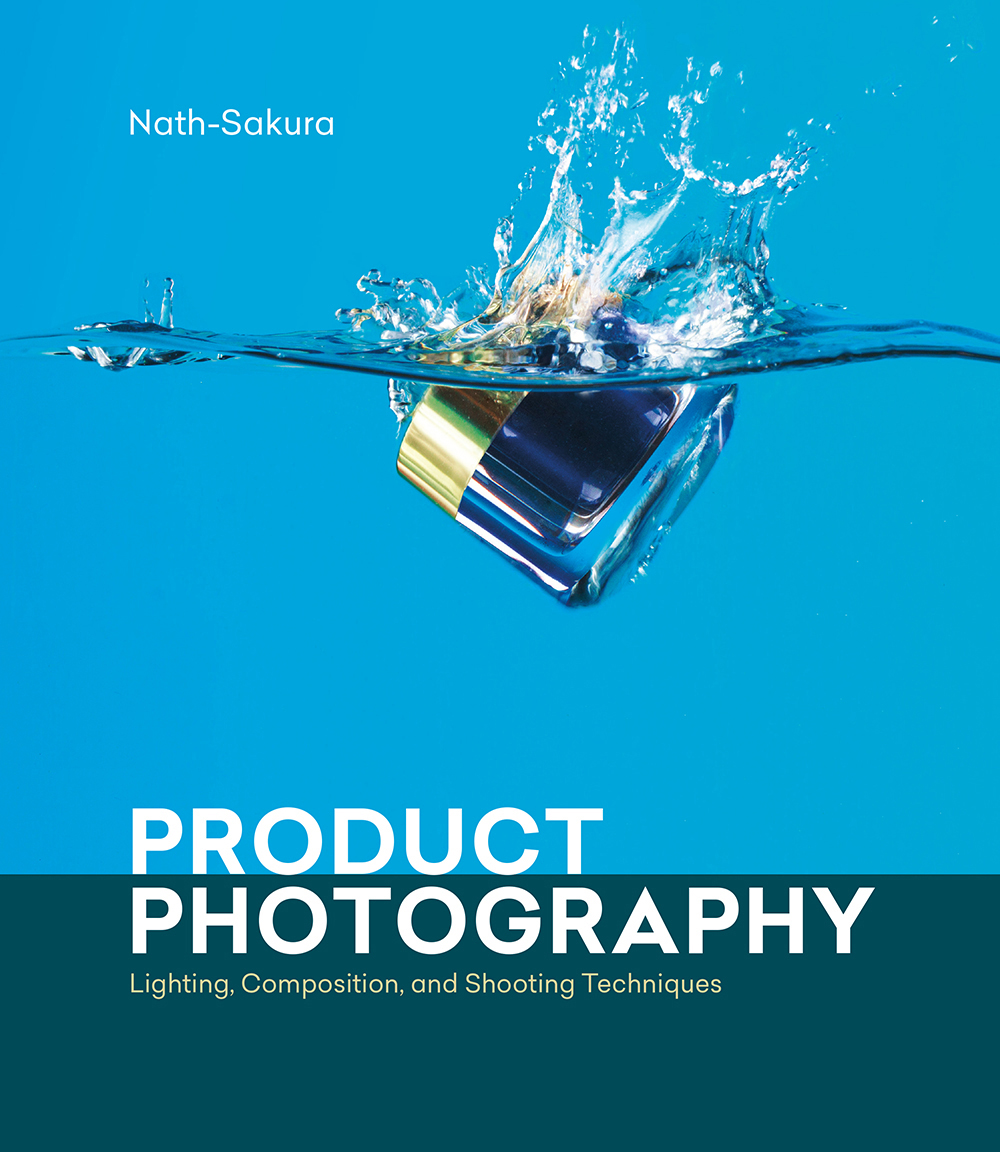Nath-Sakura - Product Photography: Lighting, Composition, and Shooting Techniques
Here you can read online Nath-Sakura - Product Photography: Lighting, Composition, and Shooting Techniques full text of the book (entire story) in english for free. Download pdf and epub, get meaning, cover and reviews about this ebook. year: 2022, publisher: Rocky Nook, genre: Art. Description of the work, (preface) as well as reviews are available. Best literature library LitArk.com created for fans of good reading and offers a wide selection of genres:
Romance novel
Science fiction
Adventure
Detective
Science
History
Home and family
Prose
Art
Politics
Computer
Non-fiction
Religion
Business
Children
Humor
Choose a favorite category and find really read worthwhile books. Enjoy immersion in the world of imagination, feel the emotions of the characters or learn something new for yourself, make an fascinating discovery.

- Book:Product Photography: Lighting, Composition, and Shooting Techniques
- Author:
- Publisher:Rocky Nook
- Genre:
- Year:2022
- Rating:3 / 5
- Favourites:Add to favourites
- Your mark:
Product Photography: Lighting, Composition, and Shooting Techniques: summary, description and annotation
We offer to read an annotation, description, summary or preface (depends on what the author of the book "Product Photography: Lighting, Composition, and Shooting Techniques" wrote himself). If you haven't found the necessary information about the book — write in the comments, we will try to find it.
Whether youre photographing a bottle of wine or a painting, a pair of shoes or a piece of jewelry, successful product photography first requires a thorough knowledge of light. You need to fully understand how light worksangles, reflectance, quantity, quality, shadows, and moreas well as how it interacts with the materials, shapes, surfaces, and textures youre photographing. Once you know where to place the light and how to shape it, along with key compositional and photographic techniques, you can create beautiful photographs of any product or object you encounter.
Of all the photographic genres, product photography requires the most precision, a consistent workflow, and a deep knowledge of optics. While this may seem daunting, anyone can learn to take great product photographs with photographer Nath-Sakuras Product Photography: Lighting, Composition, and Shooting Techniques. Filled with inspiring and beautiful imagery, this book features a wide variety of products with diverse characteristics that will help you learn to tackle any challenge. Is the material glass, metal, liquid, plastic, or rubber? Is the surfaces finish shiny, reflective, dull, matte, or satin? Is the texture smooth, rough, or somewhere in between? Nath-Sakura addresses all of this and more.
As opposed to other photo cookbooks out there, this book dives deep into the essential concepts you need to know in order to gain a strong technical background for your work. Plus, alongside the text and final photographs are plentiful diagrams, behind-the-scenes shots, and lighting setups to help you on your journey to mastering product photography. Whether your images are destined for catalogs, magazines, advertising, or fine art applications, Product Photography equips you with what you need to know to create flawless product shots.
Table of Contents
Introduction
Part 1: The Laws of Optics and Light, and How to Use Them
Part 2: Volume, Texture, and Material
Part 3: Lighting and Practice
Part 4: Composition and Color
Part 5: Image Analysis and Lighting Setups
Nath-Sakura: author's other books
Who wrote Product Photography: Lighting, Composition, and Shooting Techniques? Find out the surname, the name of the author of the book and a list of all author's works by series.

